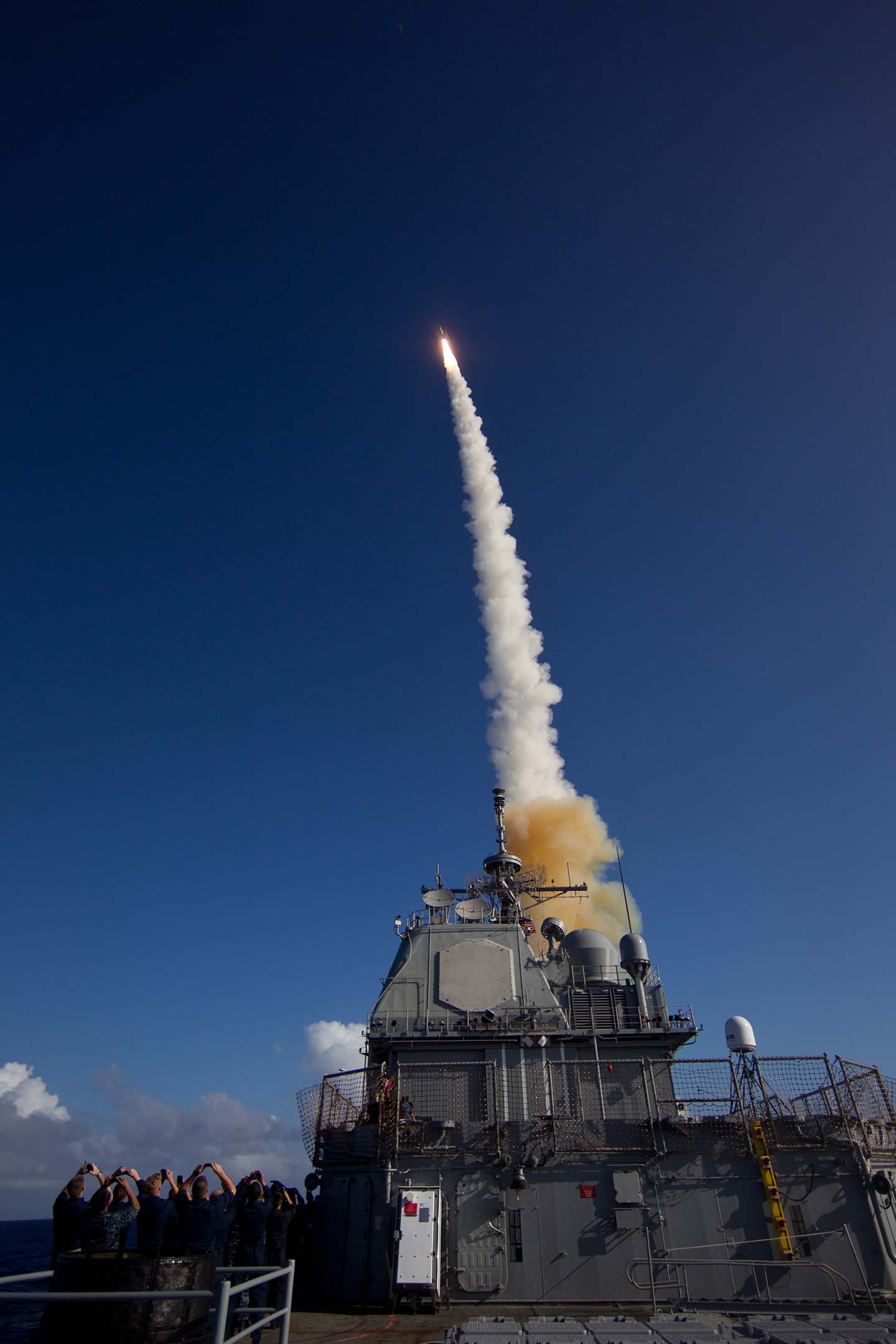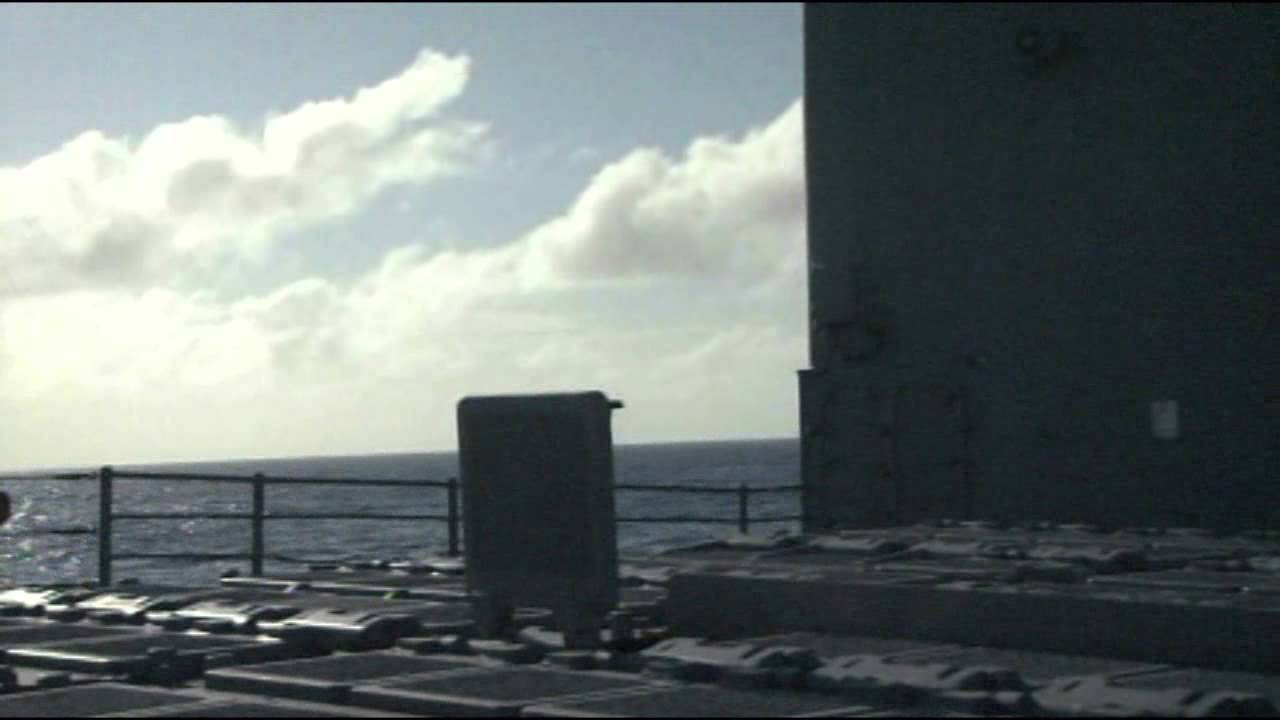Press Release
Johns Hopkins APL Plays Key Role in Test of Second-Generation Aegis BMD Missile Defense System
Today, engineers from The Johns Hopkins University Applied Physics Laboratory (APL) in Laurel, Md., contributed to the successful test of a system critical to the U.S. effort to protect against growing regional ballistic missile threats.
The APL team was instrumental in planning and instrument development for the Missile Defense Agency’s Flight Test Maritime-19 (FTM-19) — the third successful intercept of a ballistic missile target using the Standard Missile-3 (SM-3) Block IB and the Aegis Ballistic Missile Defense (BMD) weapon system. The Aegis BMD system detected, tracked and engaged an Aegis Readiness Assessment Vehicle-Group C (ARAV-C) Ballistic Missile target launched from the Pacific Missile Range Facility in Hawaii.
The operationally realistic test demonstrated the capability to lethally intercept a sophisticated, separating target with the Aegis BMD weapon system and an SM-3 Block IB missile. “This mission is the culmination of a series of flight tests to incrementally demonstrate the advanced capability that has been designed into the Aegis BMD and SM-3 Block IB system,” says Vishal Giare, APL’s assistant program area manager for Aegis BMD.
The test target was launched from the Pacific Missile Range Facility on the island of Kauai. “APL engineers developed test scenario parameters that allowed key weapon system capabilities to be tested. They also developed and integrated instrumentation on the ARAV-C target to ensure vital data was collected to validate our high-fidelity models and simulations,” adds Giare.
An Aegis cruiser stationed off Kauai used its advanced multifunctional phased-array radar, the AN/SPY-1, to detect and track the ballistic missile target and provide guidance commands to the SM-3 Block IB missile to destroy the target.

